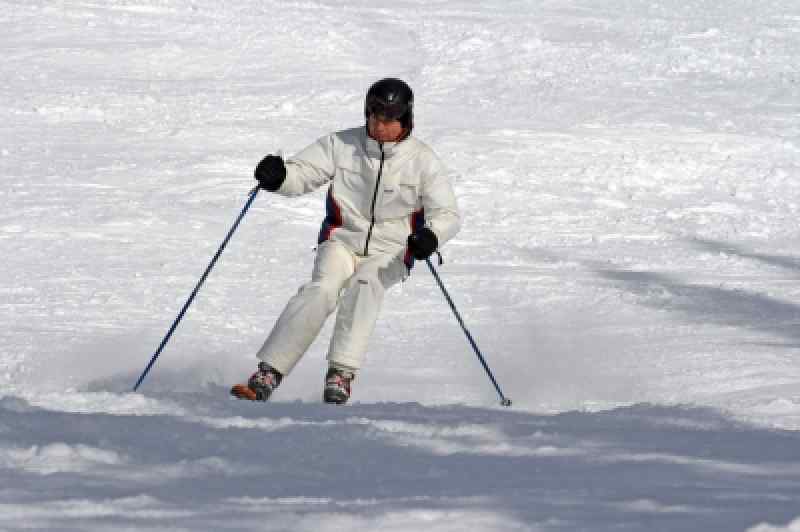Submitted by administrator on
When I think of skiing, I must admit the first thing that springs to my mind is making a fool of myself when trying to look adept at the sport, while my balance indicates otherwise. My second thought is that of injury having made said scene collapsing in front of many other skiers. With injury in mind, and the range of problems and accidents that can occur, it comes as a little bit of surprise that one of the most familiar issues that can occur on the slopes for snow goers is something that is completely preventable as long as sensible precautions are taken, photokeratitis, or to use layman's terms, snow blindness.
Photokeratitis is an eye condition which is caused by an increased exposure to ultraviolet (UV) light without sufficiently protective eye wear being used. The painful condition, common to skiers due to the heightened amount of UV rays they are exposed to while enjoying the sport in the snow, is in effect a sun burning of the cornea and conjunctiva in the eye. While it is not something that occurs immediately, exposure over several hours, just like the skin related equivalent, can cause pain to the eyes themselves with symptoms including tears and a gritty like feel to the eyes, akin to having sand in them.
Although the healing process for the eyes, once they have photokeratitis, is usually no more than 24 to 72 hours once anaesthetic drops have been administered, it is certainly recommended to avoid this painful experience altogether through the use of the correct goggles and eye wear when skiing, making the condition completely preventable. Eye wear is recommended to be worn at all times and the products used should absorb almost all UV rays and allow around 5-10% of visible light through. Just like many consider clouds and water to stop the burning process in conjunction with sunburn, skiers should also be aware that these rays and light are perfectly capable of passing through clouds and reflecting off snow, so ensure that all precautions are taken and that slightly overcast days are treated as if the sun is beating down through a clear sky.

